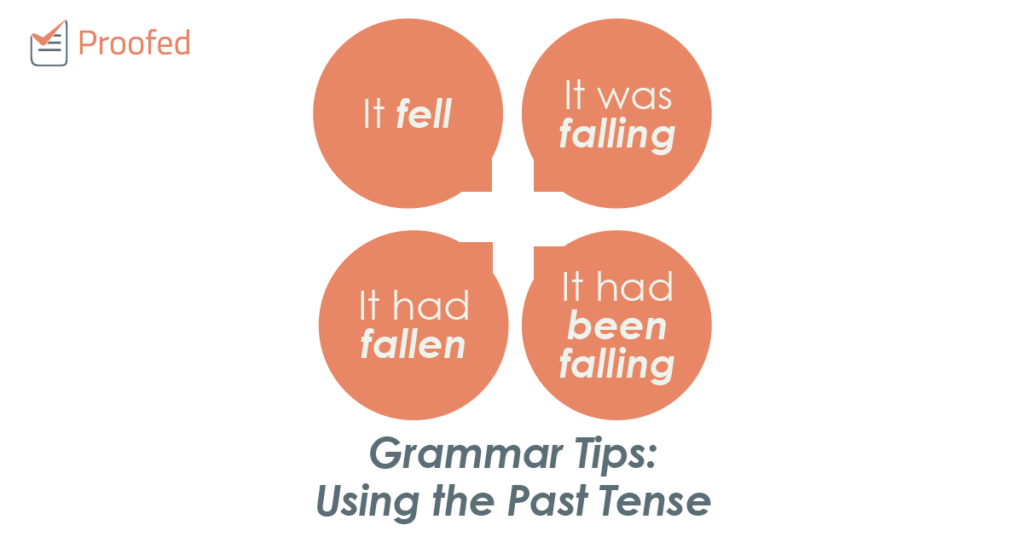The past includes everything that has ever happened. And with every second that passes, the past gets bigger and bigger! As such, there’s plenty of stuff in the past we might want to write about.
Lucky for us, then, we have the past tense to talk about things in the past. But to make sure your work is error free, you need to know how to use the different forms of this tense. We explain all here (with a little help from Isaac Newton).
Simple Past Tense
The most basic form is the simple past tense. We use this to discuss something that both began and ended in the past:
Isaac Newton invented the cat flap.
Here, for example, we use the simple past tense verb “invented” to show that the act of invention occurred entirely in the past.
Most simple past tense verbs are, like “invented,” formed by adding “-ed” to the end of a base verb (e.g., invent → invented). However, you need to watch out for irregular verbs that don’t fit this pattern, such as “swim” (simple past tense = swam).
Past Continuous Tense
As the name suggests, the past continuous tense is used to refer to an ongoing action in the past:
Newton was sitting under a tree.
The key phrase here is “was sitting,” which combines the simple past tense “was” with the present participle “sitting.” This gives us a sense of a continuous action (“sitting”) occurring in the past.
Find this useful?
Subscribe to our newsletter and get writing tips from our editors straight to your inbox.
The past continuous tense can also be used to frame another action:
Newton was sitting under a tree when an apple fell to the ground.
The past continuous “was sitting” here describes an action that is then interrupted by something else. We can therefore see the difference between the ongoing “was sitting” and the sudden fall of the apple, which is described using the past simple verb “fell.”
Past Perfect Tense
We use the past perfect tense to describe something that happened before, up until, or since something else. It is formed by combining the word “had” with a past participle:
Newton had studied many subjects by the time he graduated.
The key here is a sense of completion: the past perfect phrase “had studied” implies that the action had finished by the point the second part of the sentence occurred.
Past Perfect Continuous Tense
The past perfect continuous tense combines the past perfect and past continuous tenses. It is therefore most commonly used to describe an ongoing action that occurred before something else. We form the past perfect continuous tense by combining “had been” and a present participle:
Newton had been acting as Master of the Royal Mint for five years when he was knighted.
Here, we get the sense of a continuous action from the present participle “acting.” But the “had been” gives it a sense of completion similar to the perfect tense. The result is that “had been acting” frames the later action of being “knighted.”
